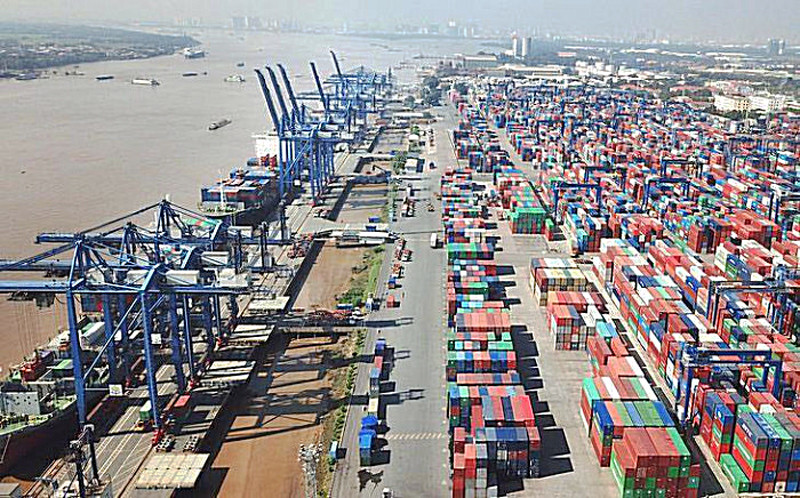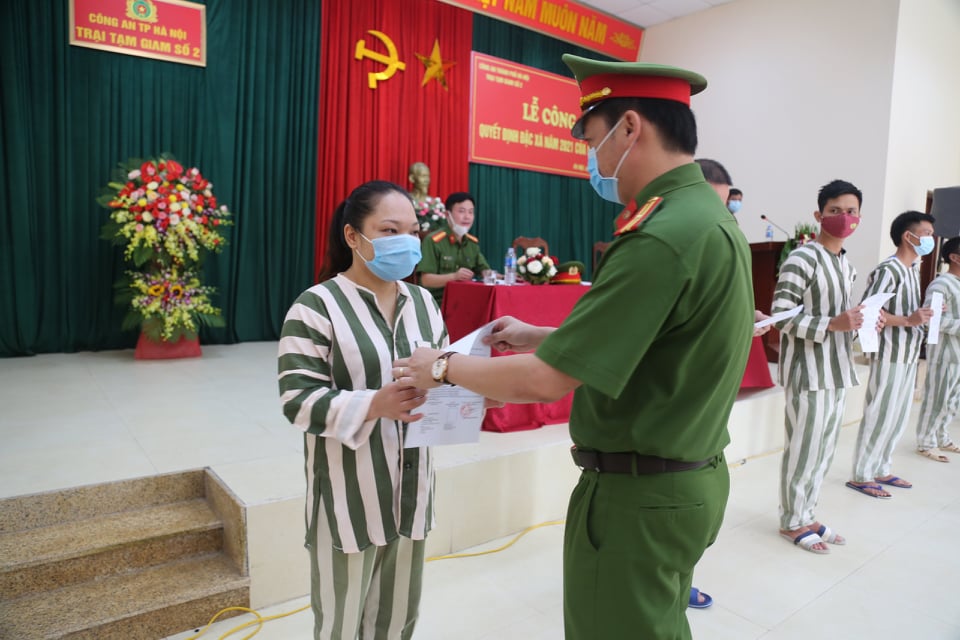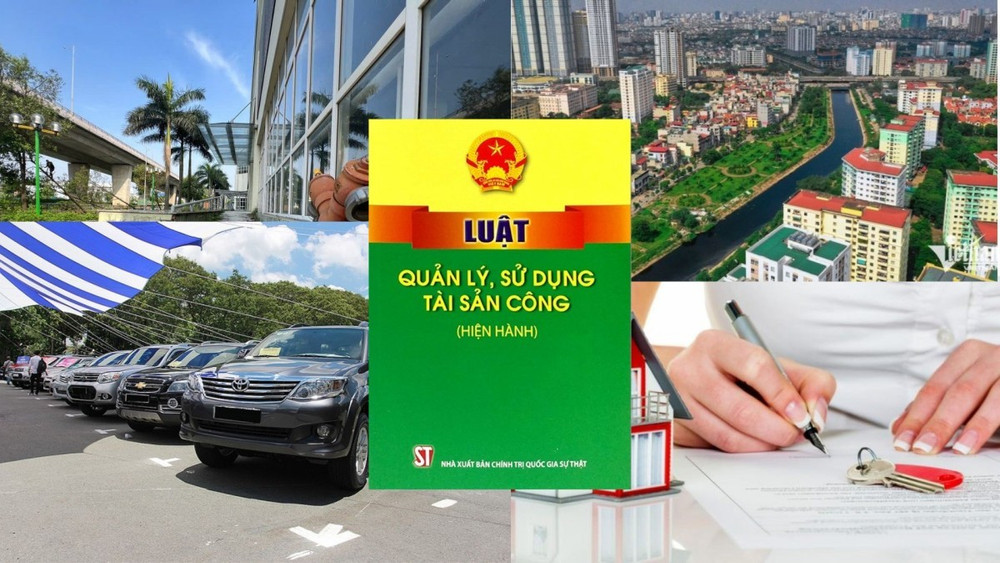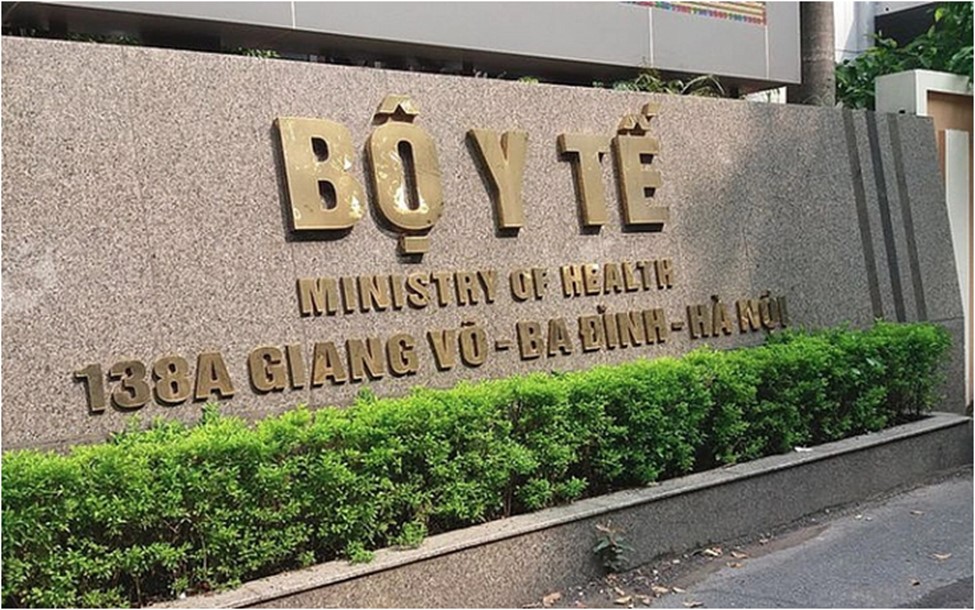Ho Chi Minh City seaport expected to become a special-class seaport in Vietnam
According to the adjusted seaport system planning, Ho Chi Minh City seaport is expected to become a special-class seaport in Vietnam

Ho Chi Minh City seaport expected to become a special-class seaport in Vietnam (Internet image)
The Prime Minister of Vietnam issued Decision 442/QD-TTg in 2024 on approving master planning for development of Vietnam’s seaport system in 2021 - 2030 period with a vision by 2050
Ho Chi Minh City seaport expected to become a special-class seaport in Vietnam
According to Decision 1579/QD-TTg in 2021 and Decision 442/QD-TTg in 2024, the classification of Vietnam's seaports includes:
- Special-class seaports (02 seaports): Hai Phong and Ba Ria - Vung Tau.
- Class-I seaports (15 seaports): Quang Ninh seaport, Thanh Hoa seaport, Nghe An seaport, Ha Tinh seaport, Thua Thien Hue seaport, Da Nang seaport, Quang Nam seaport, Quang Ngai seaport, Binh Dinh seaport, Khanh Hoa seaport, Ho Chi Minh City seaport, Dong Nai seaport, Can Tho seaport, Long An seaport, Tra Vinh seaport. Thanh Hoa seaport, Da Nang seaport, Khanh Hoa seaport, and Ho Chi Minh City seaport are expected to become special-class seaports.
- Class-II seaports (06 seaports): Quang Binh seaport, Quang Tri seaport, Ninh Thuan seaport, Binh Thuan seaport, Hau Giang seaport, Dong Thap seaport.
- Class-III seaports (13 seaports): Thai Binh seaport, Nam Dinh seaport, Ninh Binh seaport, Phu Yen seaport, Binh Duong seaport, Vinh Long seaport, Tien Giang seaport, Ben Tre seaport, Soc Trang seaport, An Giang seaport, Kien Giang seaport, Bac Lieu seaport, Ca Mau seaport. Soc Trang seaport are expected to become special-class seaports.
Objectives of the master planning for development of Vietnam’s seaport system in 2021 - 2030 period with a vision by 2050
The objectives of the master planning for development of Vietnam’s seaport system in 2021 - 2030 period with a vision by 2050, according to Decision 1579/QD-TTg in 2021 and Decision 442/QD-TTg in 2024, are as follows:
**Objectives by 2030:**
Develop a uniform system of modern seaports that provide high-quality services, meet needs for socio-economic development, ensure national defense and security, maritime safety and environmental protection, improve economic competitiveness and help Vietnam achieve the goal of becoming an upper-middle-income developing country with modern industry by 2030. To be specific:
- Regarding capacity: meet demands for export and import of goods, transactions between regions/areas in the country and transport of goods transshipped or in transit for countries in the region as well as demands for domestic and international passenger transport. The seaport system is capable of meeting the movement of 1.249 - 1.494 million tonnes of goods (including 46.3 - 54.3 million TEU of containerized goods), and 17,4 - 18,8 million passenger arrivals.
- Regarding infrastructure: prioritize the development of international gateway terminals, including Lach Huyen (Hai Phong) and Cai Mep - Thi Vai (Ba Ria - Vung Tau), and build international transshipment port areas like Can Gio (Can Gio - Ho Chi Minh City). Formulate appropriate mechanisms/policies for gradual development of international transshipment port at Van Phong (Khanh Hoa) to exploit potentials of natural conditions and geographic location; Determine orientations for development of Tran De terminal (Soc Trang) which is dedicated to Mekong Delta and will be constructed when capable; large-scale seaports serving the national or inter-regional socio-economic development; international passenger terminals associated with potential areas for tourism development; large-scale terminals serving economic zones and industrial parks; terminates in island districts serving socio-economic development in association with national defense and security, and protection of sea and island sovereignty.
**Vision by 2050:**
Develop a uniform system of modern seaports which are expected to keep pace with other seaports in the region and in the world, meet green port criteria; fully and effectively meet the national demands for socio-economic development, play an important and leading role in promoting successful development of maritime economy under the Resolution 36-NQ/TW dated October 22, 2018 by the 8th Conference of the 12th Central Steering Committee of the Communist Party on strategy for sustainable development of Vietnam’s ocean economy by 2030, with a vision by 2045, and help Vietnam fulfill its goal of becoming a powerful maritime, high-income and developed country.
Improve capacity of the seaport system to meet the movement of goods and passengers with an average growth rate of about 4,2 - 4,8%/year and about 1,2 - 1,3 %/year respectively.
- Key word:
- special-class seaport
- Vietnam
- Number of deputy directors of departments in Vietnam in accordance with Decree 45/2025/ND-CP
- Cases ineligible for pardon in Vietnam in 2025
- Decree 50/2025 amending Decree 151/2017 on the management of public assets in Vietnam
- Circular 07/2025 amending Circular 02/2022 on the Law on Environmental Protection in Vietnam
- Adjustment to the organizational structure of the Ministry of Health of Vietnam: Certain agencies are no longer listed in the organizational structure
- Vietnam aims to welcome 22-23 million international tourists in Vietnam in 2025
-

- Number of deputy directors of departments in Vietnam ...
- 15:04, 05/03/2025
-

- Cases ineligible for pardon in Vietnam in 2025
- 14:43, 05/03/2025
-

- Decree 50/2025 amending Decree 151/2017 on the ...
- 12:00, 05/03/2025
-

- Circular 07/2025 amending Circular 02/2022 on ...
- 11:30, 05/03/2025
-

- Adjustment to the organizational structure of ...
- 10:34, 05/03/2025
-

- Notable new policies of Vietnam effective as of ...
- 16:26, 11/04/2025
-
.Medium.png)
- Notable documents of Vietnam in the previous week ...
- 16:21, 11/04/2025
-
.Medium.png)
- Notable documents of Vietnam in the previous week ...
- 16:11, 02/04/2025
-
.Medium.png)
- Notable new policies of Vietnam to be effective ...
- 16:04, 02/04/2025
-
.Medium.png)
- Notable new policies of Vietnam effective from ...
- 14:51, 21/03/2025

 Article table of contents
Article table of contents
